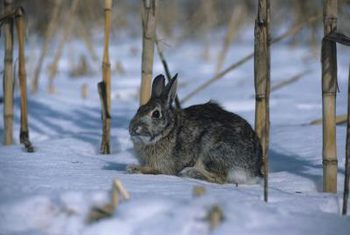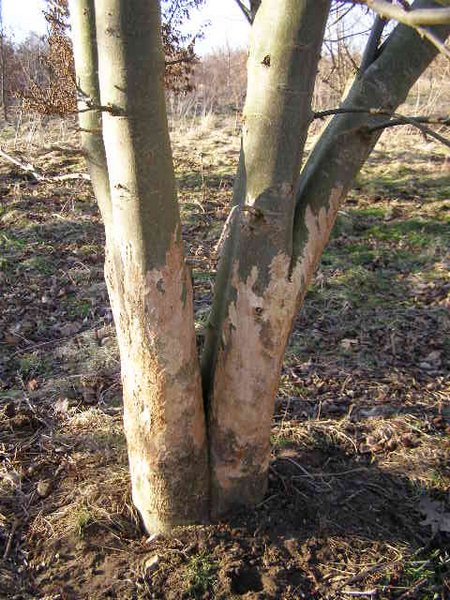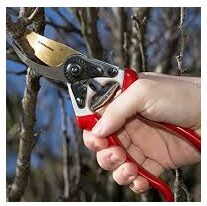
Proper Pruning Techniques
Objectives of Pruning
- Remove damaged or diseased branches or canes.
- Help control size of plant.
- Increase the flower and fruit production.
- Improve structure.
- Control size.
- Remove diseased and dead branches.
- Correct poor branching (cross branching, rubbing branches, sucker growth, water sprouts).
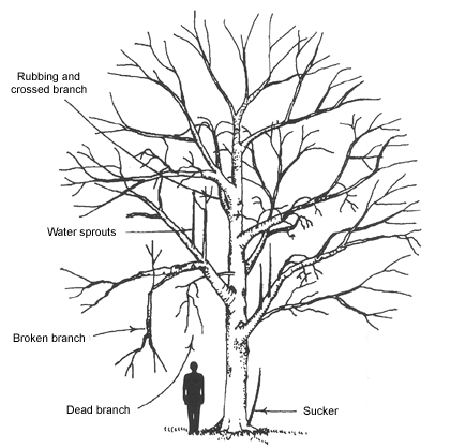
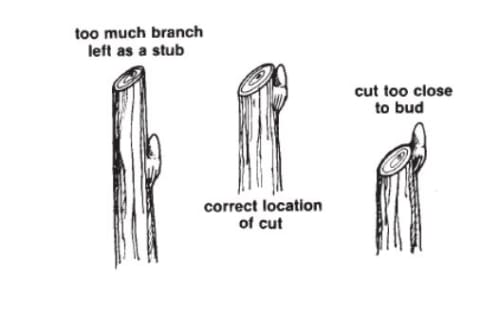
Types of Pruning
- Forsyhthia
- Privet
- Weigela
- Spirea
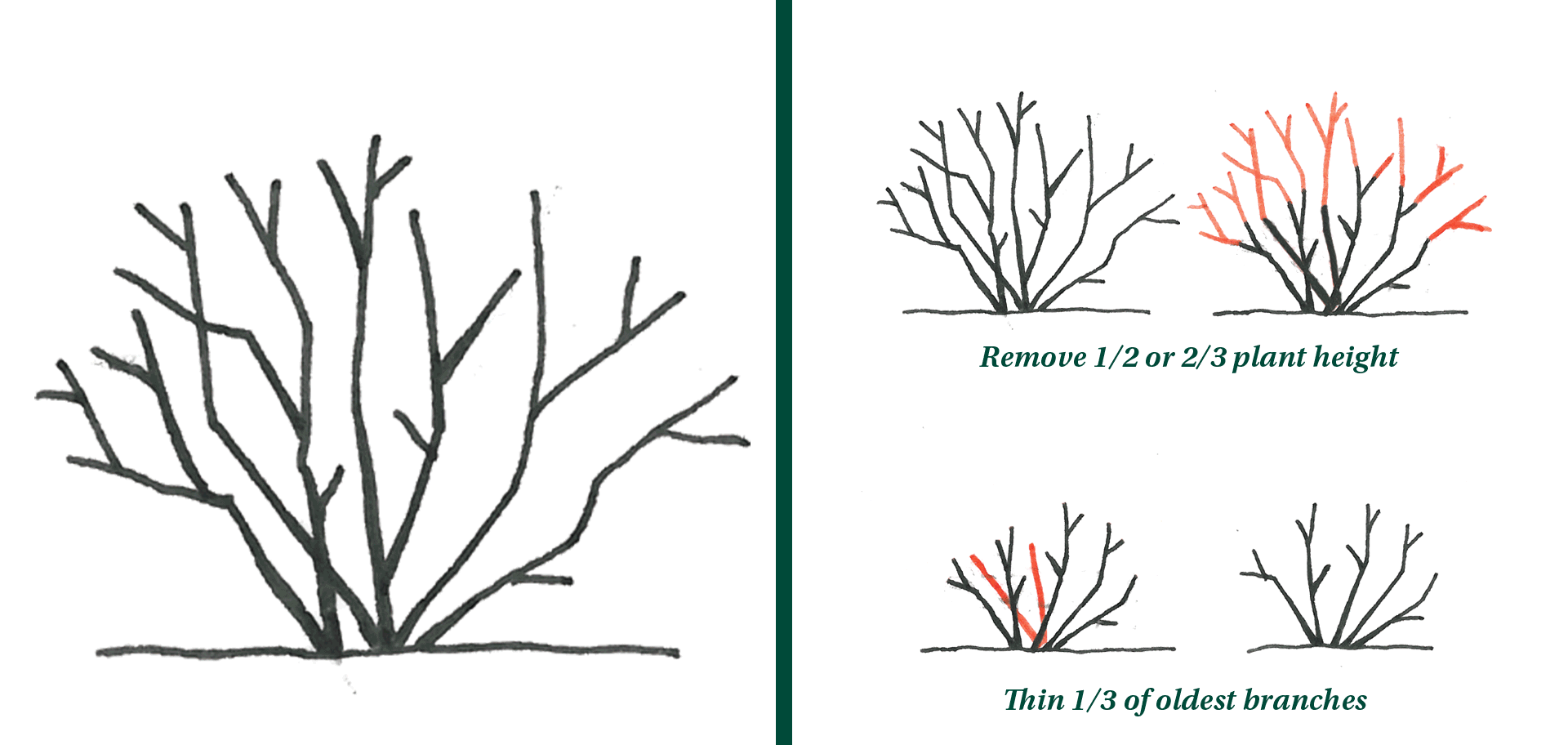
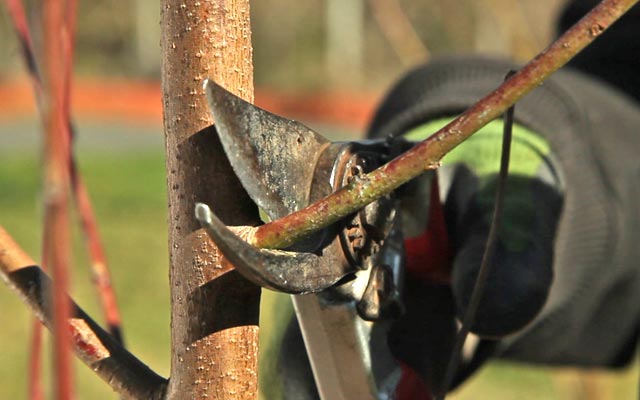
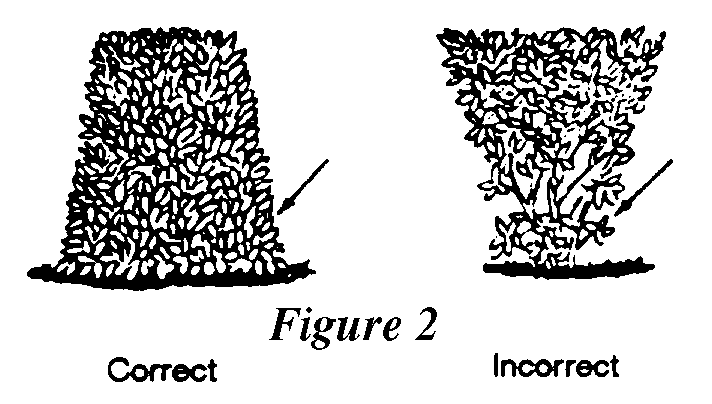
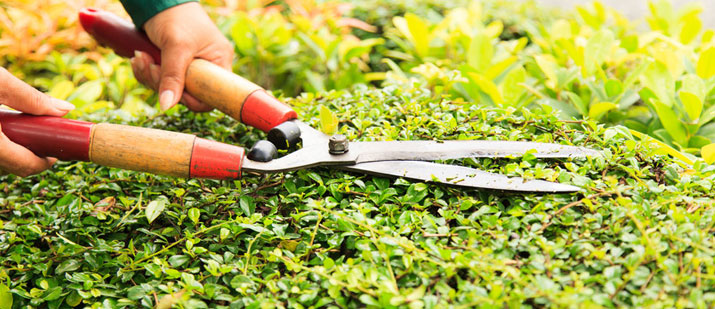
Time To Prune
- Forsyhthia
- Lilac
- Mockorange
- Quince
- Viburnum
- Fothergilla
- Buckeye
- Hydrangea
- Ninebark
- Hypericum
Stefanie’s Gingko Ltd Landscaping Design and Construction Burr Ridge, IL. Serving the community for 30 years.

